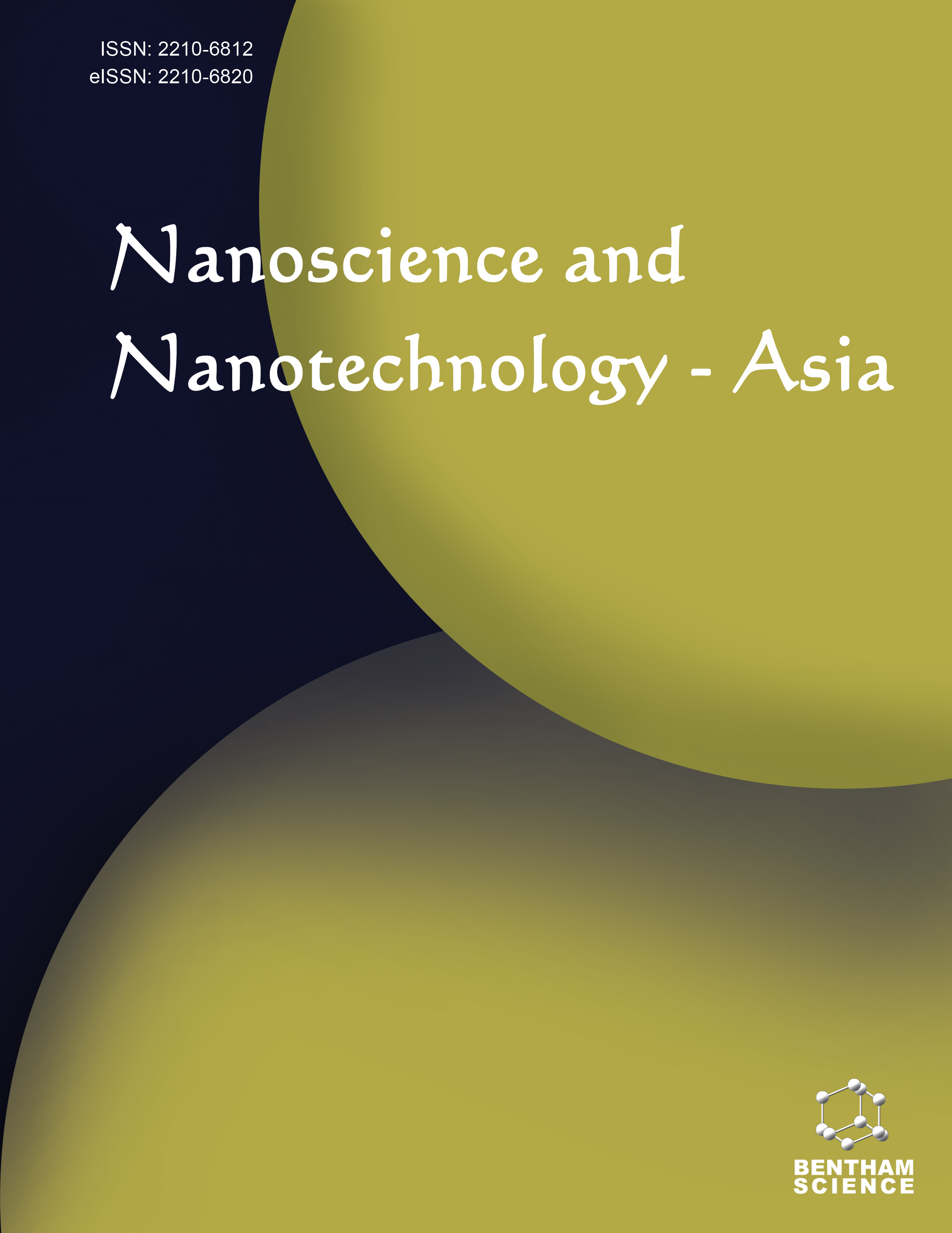Nanoscience & Nanotechnology-Asia - Current Issue
Volume 14, Issue 6, 2024
-
-
Selenium Nanoparticles: Cut-edge Therapeutic Entity
More LessAuthors: Lata Kothapalli, Navdeep Singh, Asha Thomas and Yash GhadgeSelenium is a significant trace microelement responsible for detoxification and supporting the health of human beings. Selenium is consumed as a part of dietary supplements where in it has a very narrow margin for its physiological role and the toxic effects produced. Selenium nanoparticles (SeNP) have proven significant as a chemoprotective agent in treatment of the neurodegenerative conditions, diabetes, and antimicrobi Read More
-
-
-
Formulation and Evaluation of Nano-particles Loaded with Salvia miltiorriza by Homogenization Method
More LessAuthors: Moumita Barman, Praveen Kumar Gaur and Dheeraj NagpalAimsThe aim of the present study is to formulate and evaluate the Salvia miltorrhiza-loaded Nano-structured lipid carriers (SM-NLC) in order to enhance the aqueous solubility and bioavailability as the efficacy of Salvia miltiorriza extract has been restricted due to less solubility and low bioavailability.IntroductionSalvia miltiorrhiza is a well-known Chinese herb that belongs to the family Labiatae. The herb has been widely Read More
-
-
-
Unlocking the Impact of Phyto-bioactive Compounds against Neurodegenerative Disorders
More LessNeurodegenerative disorders (NDs) are one of the prominent worldwide issues recently. Neurodegenerative disorders, like amyotrophic lateral sclerosis, Parkinson's disease, Alzheimer's disease, and Huntington's disease, are characterized by ongoing neuronal failure and loss of structure and function, which ultimately results in neuronal death. There are many established synthetic approaches to target pathogenesis of ND Read More
-
-
-
Development, Optimization, and Evaluation of Solid Lipid Nanoparticles of Celecoxib
More LessAuthors: Madhu Verma, Arun Nanda, Manish Gautam, Iti Chauhan, Mohd Yasir, Alok Pratap Singh, Sagarika Majhi, Raj Kumari and Meenakshi SharmaBackgroundIn the present investigation, nano-lipid technology was exploited to control the release of celecoxib (CXB) and overcome its dissolution problem. Solid lipid nanoparticles (SLNs) have a small particle size (50-1000 nm) that results in a large surface area-to-volume ratio, which further enhances the contact between the drug and the dissolution medium. This leads to improved drug release and absorption.Aim and Objec Read More
-
Volumes & issues
Most Read This Month Most Read RSS feed
Article
content/journals/nanoasi
Journal
10
5
false
en


